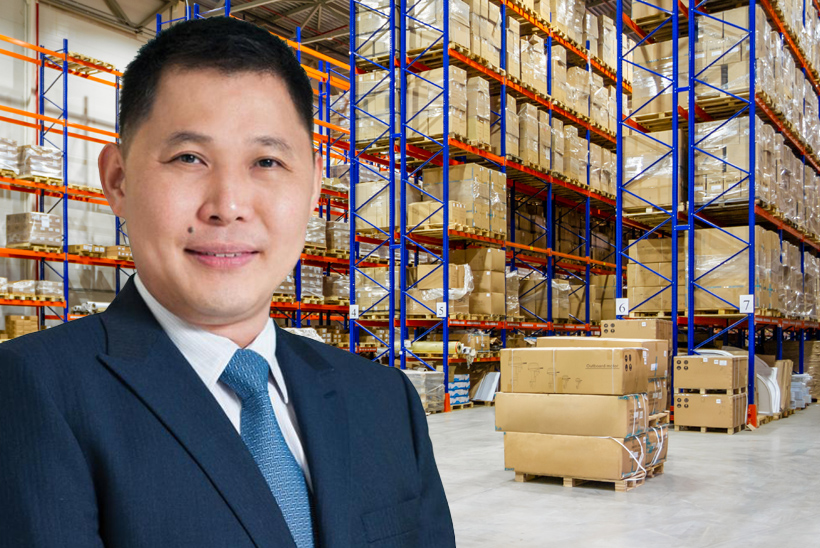August 1, 2023
Executives are “significantly overestimating” stakeholder trust in their supply chain capabilities and intentions, exposing a mismatch in supply and demand expectations across ASEAN.
In a market still navigating the aftermath of COVID-19 and the subsequent impact on the delivery of technology products, new research from Deloitte suggests that ecosystem confidence has yet to return.
According to Deloitte Insights findings – ‘Is your supply chain trustworthy?’ – 89% of executives who self-identified as leading suppliers claimed customers trust their supply chain operations. Yet just 68% of approximately roughly 500 customers surveyed, agreed.
“These are trends that we are observing across the globe, including in Southeast Asia,” noted Terence Foo, Supply Chain and Network Operations Leader across Southeast Asia at Deloitte. “This means that an intentional focus on trust is equally important for companies operating in the region.”

When assessing the divide between executives self-identifying as leading suppliers compared to customer perceptions of supplier trust, the gap was highest at 25% when measuring reliability in supply chains – leading suppliers (90%) vs. customers (65%).
This was followed by:
“While factors such as price volatility, inflation and market instability may prove disruptive to supply chains and can impact stakeholder trust, executives can also foster reliability by focusing on increasing supply chain transparency and visibility,” Foo added.
“Especially with regard to ESG reporting, and elevating humanity as a source of differentiation in terms of talent acquisition and creating customer value.”
In assessing the current state of play in the supply chain, James Cascone – Risk and Financial Advisory Partner at Deloitte – observed that the trust gap is “far bigger” than executives appear to realise, suggesting there are blind spots in key areas that customers care about, whether channel partner or end-user.
“From the customer perspective, many COVID-19 pandemic-era supply chain challenges remain unresolved, despite improvements executives have worked hard to achieve,” he outlined.
“Unfortunately, such wide gaps in trust indicators like reliability and transparency against pre-pandemic expectations stand to worsen as new supply chain risks emerge.”
According to Deloitte, nearly half (44%) of all supply chain executives expect to experience a “supply chain shock” in the next 24 months as a result of various external challenges.
This includes:
Executives ranked external challenges similarly across regions, with price volatility the primary challenge facing supply chain leaders in Southeast Asia.
“With the potential for distrust to grow amid uncertain market conditions, it’s increasingly important that supply chain leaders find a way to shrink the gap,” explained Michael Bondar, Leader of Risk and Financial Advisory at Deloitte.
“We see leading organisations working to identify and prioritise actions most likely to enhance the reliability and predictability of their supply chains – ranging from developing a digital thread to investing in other, advanced technical capabilities to help earn stakeholder trust, enhance business performance, and serve as a competitive differentiator.”
Bondar said executives who self-assessed their organisations as “leading suppliers” were 3.9 times more likely to have a fully deployed digital thread (27% vs. 7% for non-leading suppliers) and 3.8 times more likely to use predictive analytics to forecast demand (38% vs. 10% for non-leading suppliers).
Leading suppliers were also 2.5 times more likely to have achieved 15% or higher annual growth rate in the last 12 months (38% vs. 15% for non-leading suppliers) and 1.6 times more likely to say their organisations are resilient against external shocks or crises (34% vs. 12% for non-leading suppliers).
“It seems that when executives prioritise improving supply chain trust, advancements result that extend well beyond trust-building alone,” Bondar added.
Inform your opinion with executive guidance, in-depth analysis and business commentary.